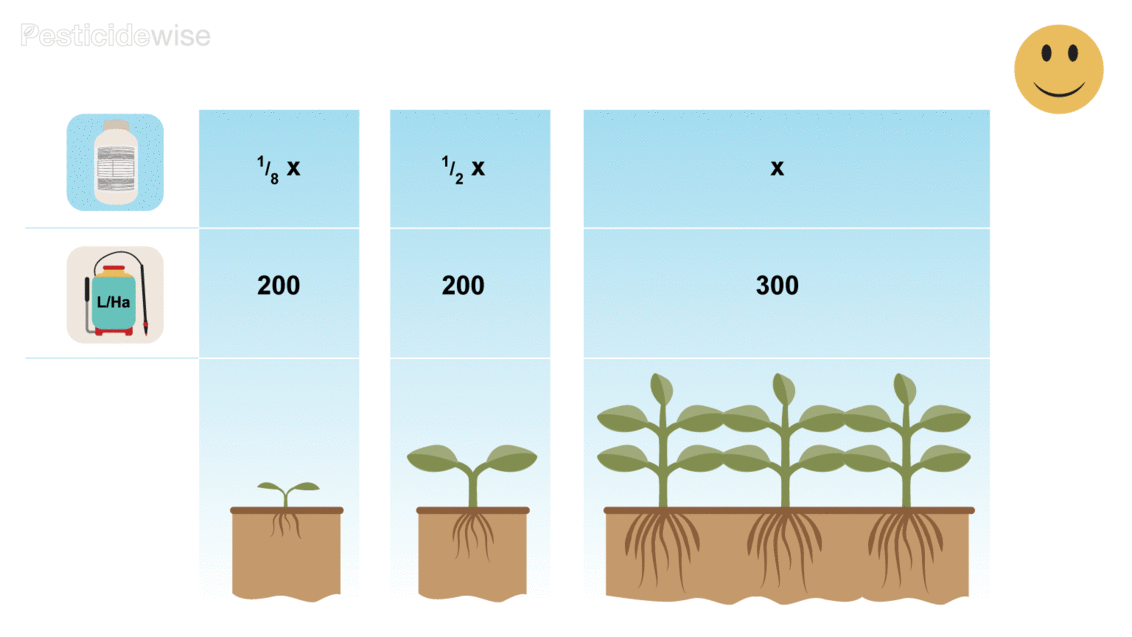Reasons why product dose, spray mix rate and drop size can vary
Learn why a range of product doses and spray mix/water volume rates can be given on the label. Review our examples which show options for setting up your knapsack sprayer to deliver a chosen spray mix/water volume rate and drop size.
Definitions and label statements
Definitions and label statements
Factors that may cause product dose, spray mix/water volume rate and drop size to be varied
Factors that may cause product dose, spray mix/water volume rate and drop size to be varied
Examples of using different nozzle types, sizes and pressures to spray different types of pesticide
Examples of using different nozzle types, sizes and pressures to spray different types of pesticide
